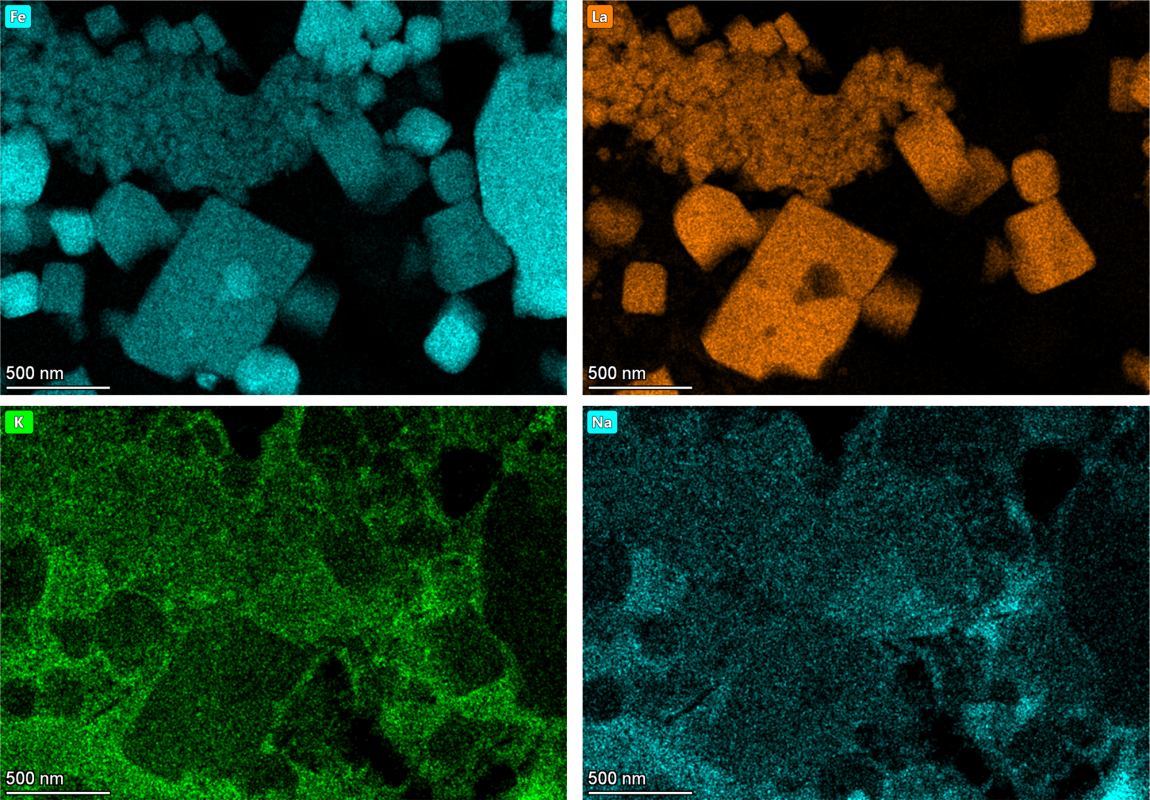
Hey! My name is Kyle Vogt-Lowell, and I’m a second-year chemical engineering Ph.D. student in Dr. Fanxing Li’s group. I study carbon capture and utilization applications using a chemical looping reaction scheme and molten-salt-based catalysts. After graduation, I hope to have a leadership role in R&D for a carbon capture company before considering venture capital or academic opportunities later in my career. During my free time, I love to hang out with friends, practice Muay Thai, work out, scuba dive, play IM sports, and do basically anything outdoors.
What instruments are you using for your research and why do you like them?
Catalyst characterization is an important part of chemical looping research. Depending on the application, selecting catalysts with the appropriate structures can be critical for optimizing performance, so techniques like XRD, SEM-EDS, and TEM are invaluable. I really like the Rigaku and Empyrean x-ray diffractometers at AIF, as they provide quick and relatively simple ways to classify the state and chemical identities of solid catalytic materials. SEM and FIB coupled with TEM also provide useful surface and cross-sectional visuals, which are informative, appealing, and oftentimes easy for scientific readers to digest.
What have you been researching and how is it impacting the community?
My research looks to solve two environmental problems simultaneously. The first issue, rising atmospheric CO2 concentrations, is one which most of us are already familiar with. A less well-known issue to those outside the field relates to the natural gas boom occurring in the U.S. over the last decade. While the widespread availability and increased use of natural gas (NG) have substantially reduced energy costs and CO2 emissions, underdeveloped NG pipeline infrastructure prevents cost-efficient transportation of excess gas to centralized facilities for processing, so fossil fuel companies have resorted to “flaring” (burning and venting to the atmosphere) the gas as a cost-saving measure. By employing a family of multifunctional molten salt catalysts, my research attempts to use CO2 captured from power plant exhaust to sustainably convert this wasted NG into valuable commodities at its source, providing the community with cleaner air, vital goods, and a cooler future.

What have you learned from your experience at AIF?
My experience at AIF has taught me not only how to best collect and process data, but it has also highlighted the value of having access to world-class experts in spectroscopic characterization. Some of the nuances of spectroscopic techniques can profoundly impact how you interpret your data, so the AIF staff is always more than willing to sit and talk with you to help improve your understanding. I’ve definitely learned the most from these conversations.
Best thing about AIF in 5 words or less?
Knowledgeable staff and state-of-the-art equipment
Is there a staff member at AIF that has helped you?
Jenny Forrester has been fantastic in helping me navigate XRD data, Chuck Mooney is an SEM wizard, and Roberto Garcia and Chris Winkler are great resources for FIB and TEM studies. Thanks to all of you!